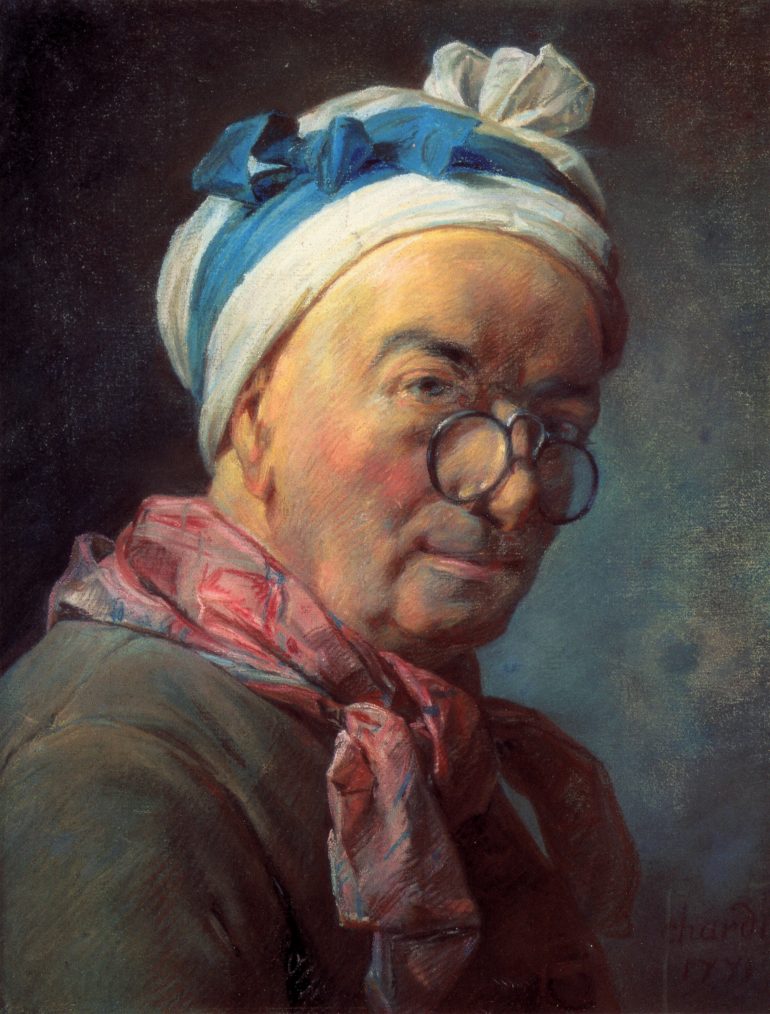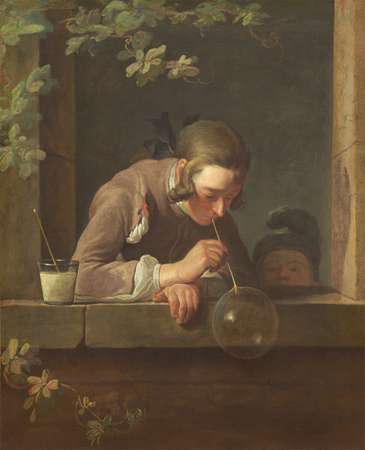JEAN-BAPTISTE CHARDIN (1699-1779)
Jean Baptiste Chardin, master of life drawings, was special as he did not fit into the period of paint style of his time. He did not fit in the category of the Rococo period because he did not use soft colours that displayed scenes of love and entertainment in his paintings. Rather he was a genre painter who painted everyday life. In spite of the fact that Chardin had produced 200 paintings during his 50 year career, Chardin was well admired for his activity amongst the Academy. Chardin had the role of treasurer, to manage finances in the Academy. Chardin by 1770 became ‘Premier peintre du roi’ and took the lead as the highest paid member in the Academy.

http://spokenvision.com/jean-chardin-the-great-18th-century-still-life-painter/
I respect Jean Baptiste Chardin as an artist because he did not feel the need to follow trends during his time period. He stuck with what he was good at and that was life drawings. Chardin reminds me of Baroque artist Jan Steen because one of Chardin’s pieces called Soap Bubbles looks like it was painted in the exact same setting as Steen’s “Rhetoricians at a Window”. Both paintings contain a subject leaned up against the edge of a windowsill. In the top left corners of Chardin and Steen’s paintings includes a vine of leaves of a similar sort. Other than the subject matter, the only difference between the two paintings is for Chardin’s use of muted dark colours, creating a soft hue, whereas Steen’s painting uses tiny pops of colour to emphasize his depicted object, producing the illusion of a more crisp and refined painting.

https://www.britannica.com/biography/Jean-Baptiste-Simeon-Chardin

https://en.wikipedia.org/wiki/Jan_Steen
Although life drawings are not meant to give off emotion, I find Chardin’s pieces to feel intimate and humble. His brush strokes are soft and somewhat abstract, which creates a nice glow to his pieces. I am not alone in giving my opinion. According to Britannica.com, after Chardin died in 1779, Charles-Nicolas Cochin wrote a letter to Haillet de Couronne about his interaction with Chardin. Cochin asked Chardin “But who told you that one paints with colours?” Chardin’s response was “One uses colours, but one paints with feeling”.

http://spokenvision.com/jean-chardin-the-great-18th-century-still-life-painter/

https://en.wikipedia.org/wiki/The_Ray_(painting)
Sources:
https://www.britannica.com/biography/Jean-Baptiste-Simeon-Chardin
https://en.wikipedia.org/wiki/Jean-Baptiste-Sim%C3%A9on_Chardin